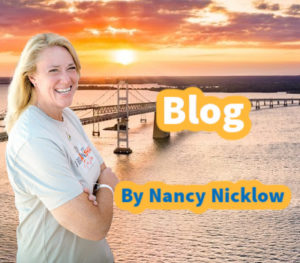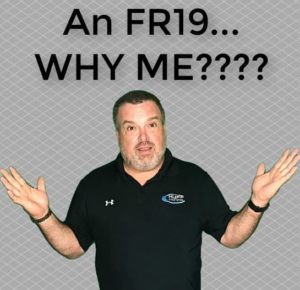If my car is not running, do I have to keep the car insurance on it?
A good question came up to one of our team members the other day. It was:
“I have a car that does not run and is parked on my property. I have tags on it and expect to have it running in a few months. Do I need to keep the insurance on the car?”
Well, the short answer is that if you are keeping the tags on the vehicle, then the state required that you at least keep the state minimum liability auto liability insurance on that vehicle. 
Currently in Maryland, the minimum car insurance limits are $30,000/$60,000/$15,000. To see what these limits mean, see our blog titled – Auto Insurance Limits, What Do The Numbers Mean?
The next question was:
“Why do I have to turn my tags in before I take it off of my auto insurance policy?”
The real answer to this is that you do not HAVE to turn the tags in to take the car off of your car insurance policy.
BUT, if you keep the tags and proceed to take remove the car from the insurance policy, then there will be consequences in the form of fines from the MVA.
If you have a registered vehicle in the state of Maryland and fail to maintain the minimum required liability insurance, the fines, per vehicle, are as follows:
- $150 for the first 30 days without insurance coverage
- $7 for each additional day that the vehicle is not insured
So, as you can see, these fines can be very substantial.
So you may be thinking: “If I just take the vehicle off of my policy, how is the MVA even going to know that there is no insurance on the vehicle?
Well, the insurance companies are required to report to the MVA each time insurance is removed from a vehicle.
Therefore, if you do keep the tags and request that the vehicle be removed from the policy, the insurance company will have to notify the MVA that the insurance has been removed.
Once the MVA received notice that the insurance for the vehicle with active tags has been removed from your auto insurance, they will send you a proof of insurance request, called an FR19.
Then your agent or insurance company will have to verify the date in which the insurance terminated on the vehicle, and the fines will start accruing until either you turn in the tags or add the vehicle back to your insurance policy.
Check out our blog titled What is an FR19 and why does the MVA need it?
So if you find yourself in the situation where you have a vehicle that is not running, but expect to have it up and running at some point, you need to analyze a the situation before coming to the decision to remove the tags and insurance on the vehicle.
Should you have any question on this topic or any other insurance topic, please feel free to give us a call at 410-647-1111



 Nancy Nicklow is the owner and President of Huff Insurance, a full service
Nancy Nicklow is the owner and President of Huff Insurance, a full service







